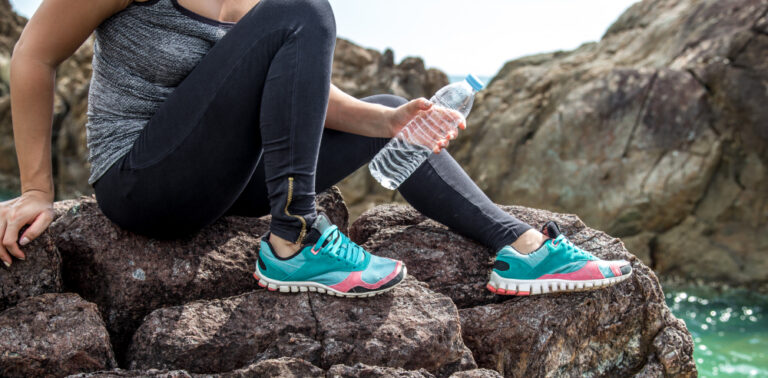Flat feet, also known as fallen arches, occur when the arches of the feet do not develop fully or collapse over time. This condition can lead to uneven weight distribution, which may impact overall foot function. While fallen arches sometimes cause discomfort or fatigue, managing the condition with appropriate footwear and targeted exercises may help minimize potential issues.
What Do Flat Feet Entail?
Flat feet refer to a condition in which the arch of the foot is very low or absent, causing the entire sole to contact the ground. This condition may occur during natural childhood development or later in life due to injury, aging, or excessive strain on the foot. People with fallen arches may experience varying symptoms, ranging from no noticeable discomfort to foot pain, ankle pain, or fatigue after physical activity.
Fallen arches can be flexible or rigid. Flexible flat feet still display an arch when not bearing weight, but the arch flattens upon standing or applying pressure. Rigid flat feet, in contrast, remain flat even when no weight is placed on them. Identifying the type of condition is key as it informs suitable management approaches. While not all cases require intervention, addressing certain aspects can improve overall foot health and function.
How Do Proper Footwear and Exercise Help Manage Flat Feet?
This condition can be managed through interventions that provide adequate support, promote proper weight distribution, and enhance muscle function. Such approaches alleviate discomfort, prevent complications, and promote stability, making them valuable components in effectively managing fallen arches. Proper footwear and specific exercises are two primary strategies to address these needs:
The Role of Proper Footwear
Proper footwear plays a foundational role in managing this condition. Shoes with supportive features such as arch support, firm midsoles, and cushioned soles help improve weight distribution and support the foot’s natural alignment. These features reduce pressure on sensitive areas and minimize discomfort over time. Orthotic insoles, designed to provide additional support and cushioning, can further tailor footwear to individual needs.
When selecting shoes, it is helpful to find those that fit well and accommodate the foot’s structure without compressing or overloading specific areas. Stability shoes, commonly recommended for walking or running, offer increased support and can benefit those with fallen arches. Individuals should aim to replace footwear regularly to maintain the supportive features and avoid the effects of worn-out soles.
The Role of Exercises
Exercises are valuable for strengthening the muscles that support the arch. They enhance flexibility and improve overall foot function. Consistent practice of specific movements that target foot and ankle stability is beneficial for managing flat feet. Exercises such as toe raises, arch lifts, and resistance band stretches focus on building strength in the arch muscles and improving flexibility in stiff areas.
Toe raises involve lifting the heels while keeping the toes on the ground, engaging the muscles around the arch. Arch lifts require raising the arch while maintaining flat toes and heels. Resistance bands, when used in stretches, can provide controlled resistance to promote muscle activation. These exercises offer improved foot structure and function. They also help alleviate fatigue or discomfort caused by prolonged activity.
Regular stretching of the calf muscles is also recommended. Tight calf muscles can strain the arch and surrounding ligaments. Consistently engaging in these exercises, under the guidance of a health professional if needed, can lead to gradual improvements in strength and flexibility.
Learn More About Treating Flat Feet
This condition does not always require treatment. When necessary, proper interventions such as supportive footwear and targeted exercises help manage symptoms and improve foot function. Whether individuals seek to prevent discomfort or enhance daily activities, prioritizing these strategies can make a noticeable difference. To explore more personalized advice or treatment options, consult a podiatry specialist.

